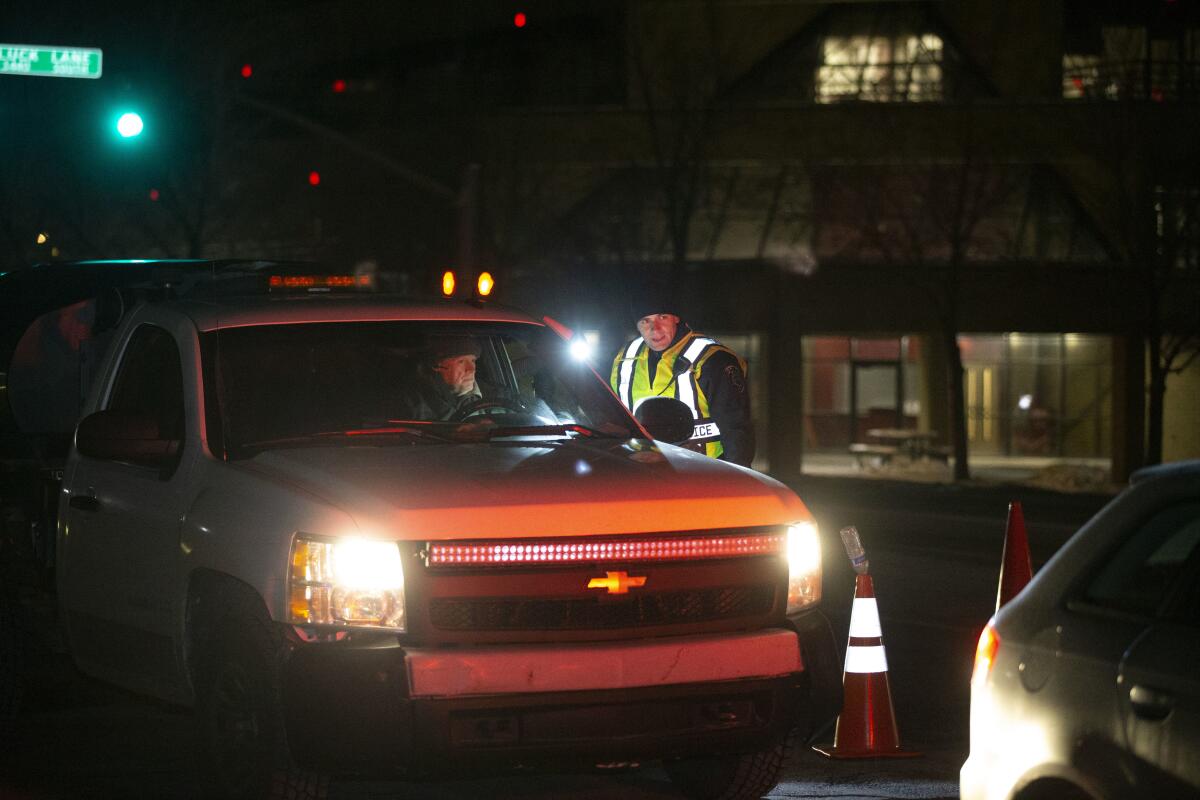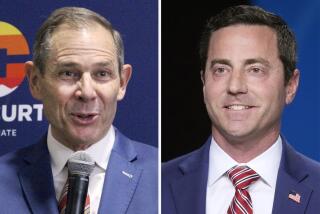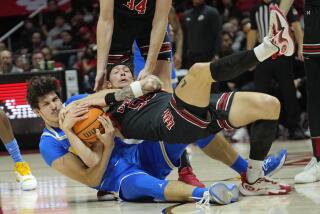Fewer crashes after Utah set strictest DUI law in U.S., study shows

SALT LAKE CITY — Traffic deaths decreased in Utah after the state enacted the strictest drunken driving laws in the nation five years ago, new research published Friday by a U.S. government agency shows.
The findings provide initial validation for conservative lawmakers who passed the law over concerns from restaurant and tourism industry lobbyists.
In the study published by the National Highway Traffic Safety Administration, researchers wrote that, in the years after Utah changed the drunken driving threshold from .08% to .05% blood-alcohol content, the number of crashes and fatalities fell even though drivers logged more miles.
“Changing the law to .05% in Utah saved lives and motivated more drivers to take steps to avoid driving impaired,” said Dr. Steven Cliff, the agency’s deputy administrator.
The findings mark a triumph for Utah’s Republican-controlled Legislature, which voted to decrease the legal limit in 2017 over concerns from restaurant and tourism industry lobbyists.
They and other opponents argued it would be ineffective and cement Utah’s pious reputation at the expense of the growing number of visitors and residents who aren’t part of the Church of Jesus Christ of Latter-day Saints.
“It just underscores that element that we’re working hard to dispense with, which is that Utah is a tough place to have fun,” Nathan Rafferty, the chief executive of Ski Utah, said in 2017 after the new limit was approved but before it went into effect.
Utah, where about 60% of the population are members of the faith, has long enforced some of the nation’s strictest liquor laws.
All spirits and wine are sold at state-run stores. Bartenders are required to use specialized spouts to ensure they pour specific amounts of liquor into mixed drinks. And beer can be sold in grocery stores only if its alcohol-by-volume content is less than 5%.
A church spokesman, Doug Anderson, declined to comment on the study but reaffirmed the faith’s position from 2017 when, following the passage of the policy, the church said the law “demonstrates Utah’s commitment to good public policy and to protecting people from the tragedies that come from drinking and driving.”
When the state lowered the threshold for impaired driving from the nation’s standard .08% blood-alcohol content, lawmakers argued it would make driving safer.
The National Highway Traffic Safety Administration study showed that there were fewer crashes and lower alcohol involvement both after the widely-publicized law passed in 2017 and after it went into effect in 2018.
In 2019, the first full year with the law in effect, there were 225 fatal crashes and 248 fatalities in Utah. Though drivers logged more miles, that was less than the 259 fatal crashes and 281 fatalities in 2016, the year before Utah changed its law.
The change meant a 150-pound man would be over the 0.05% limit after two beers, while a 120-pound woman could exceed it after a single drink, though that can be affected by a number of factors, including how much food a person has eaten, according to the American Beverage Institute, a national restaurant group.
Crash and fatality rates also fell in neighboring states but not as significantly as they did in Utah.
Crashes per mile driven fell 19.8% from 2016 to 2019 in Utah, which was much more than the 5.6% reduction rates for the entire United States.
The drunken driving arrest rate increased after the Utah law went into effect, rising from 76 to 84 arrests per 100,000 residents between the fourth quarter of 2018 and the fourth quarter of 2019.
Additionally, survey data included in the study also suggested more people who consume alcohol changed their behavior after the law went into effect.
In 2018, 1 in 8 drinkers said they made sure transportation would be available when drinking outside the home, either by a designated driver or ride-hailing service. In 2019, more than 1 in 4 people surveyed said they made sure it would be available.
The revised blood-alcohol level law also appears not to have affected tourism. Alcohol sales and overall visitor spending increased steadily from 2009 to 2019 and didn’t experience a dip after the new law went into effect in 2018. The tourism industry struggled through the pandemic but is slowly rebounding, data from the Kem C. Gardner Policy Institute at the University of Utah show.
In response to the study, the Advocates for Highway and Auto Safety group that supported the lower limit blasted the hospitality industry for what it called “fear-inducing tactics” — including an ad campaign spearheaded by the American Beverage Institute that warned prospective Utah visitors: “Come for vacation, leave on probation.”
“The study outcomes provide a strong rebuttal to these baseless arguments made by opponents of lower BAC laws,” Cathy Chase, the group’s president, said in a statement.
The National Safety Transportation Board has since 2013 encouraged states to follow Utah’s lead. Lawmakers in states including Delaware, New York, Oregon, Hawaii, California and Michigan have considered changing their laws. But apart from Utah, all states use .08% as the legal blood-alcohol limit.
“The hope is that other states will see these results and join Utah in passing legislation for .05,” National Transportation Safety Board member Tom Chapman said in a statement.
Associated Press auto writer Tom Krisher contributed reporting from Detroit.
More to Read
Sign up for Essential California
The most important California stories and recommendations in your inbox every morning.
You may occasionally receive promotional content from the Los Angeles Times.










